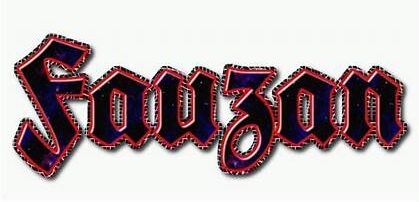Creating a gym simulator game involves several steps, including concept development, game design, coding, art creation, and more. Here’s a simplified overview of how to make a gym simulator game:
- Concept and Design:
- Define the concept of your gym simulator game. Consider the type of gym (e.g., traditional gym, CrossFit, martial arts dojo) and the gameplay elements you want to include (e.g., exercise routines, character progression, social interactions).
- Create a game design document outlining the game’s features, objectives, and mechanics.
- Platform and Game Engine:
- Decide on the platform for your game (e.g., PC, mobile, console) and choose a suitable game engine (e.g., Unity, Unreal Engine, Godot).
- Character Creation:
- Design and model the player’s character/avatar, as well as any NPCs (trainers, gym-goers) that will appear in the game.
- Define character attributes, such as strength, endurance, agility, and appearance.
- Gym Environment:
- Create a 3D or 2D gym environment with exercise equipment, weights, cardio machines, and other gym-related assets.
- Pay attention to detail in the gym’s design, lighting, and atmosphere.
- Game Mechanics:
- Develop the core gameplay mechanics, including character movement, interaction with equipment, and exercise routines.
- Implement character progression systems, such as leveling up, gaining experience points (XP), and unlocking new exercises.
- Exercise System:
- Create a system for performing exercises. This may involve mini-games, timing-based mechanics, or gesture-based controls, depending on the platform and design.
- Progression and Rewards:
- Design a progression system where players can track their fitness goals and earn rewards for achieving milestones.
- Include rewards like new exercises, equipment upgrades, or cosmetic items for the player’s avatar.
- Social Interaction (Optional):
- If desired, incorporate multiplayer features that allow players to compete or collaborate with others in the gym.
- Add social elements like leaderboards, challenges, or player-created workout routines.
- Art and Animation:
- Create animations for various exercises, character movements, and interactions with gym equipment.
- Design user interface elements (UI) for menus, character customization, and progress tracking.
- Sound and Music:
- Add sound effects for exercises, gym ambiance, and character interactions.
- Include background music or customizable playlists for players to enjoy during workouts.
- Testing and Balancing:
- Conduct playtesting to ensure the game is enjoyable, balanced, and free from bugs.
- Adjust exercise difficulty and rewards based on player feedback.
- Monetization (Optional):
- Consider monetization options, such as in-app purchases for cosmetic items, premium features, or ads (if the game is free-to-play).
- Polishing and Optimization:
- Polish the game’s graphics, animations, and user interface to make it visually appealing.
- Optimize the game’s performance for smooth gameplay on various devices.
- Marketing and Launch:
- Create promotional materials, trailers, and a marketing plan to build anticipation for your game.
- Release your gym simulator game on your chosen platform(s).
- Community Engagement:
- Foster a community around your game through social media, forums, and updates.
- Listen to player feedback and consider adding new exercises, features, or improvements based on their suggestions.
Developing a gym simulator game can be a rewarding project, especially if you have a passion for fitness and gaming. However, it requires careful planning, attention to detail, and a commitment to creating an engaging and enjoyable virtual gym experience for players.


guys it will good simulator game